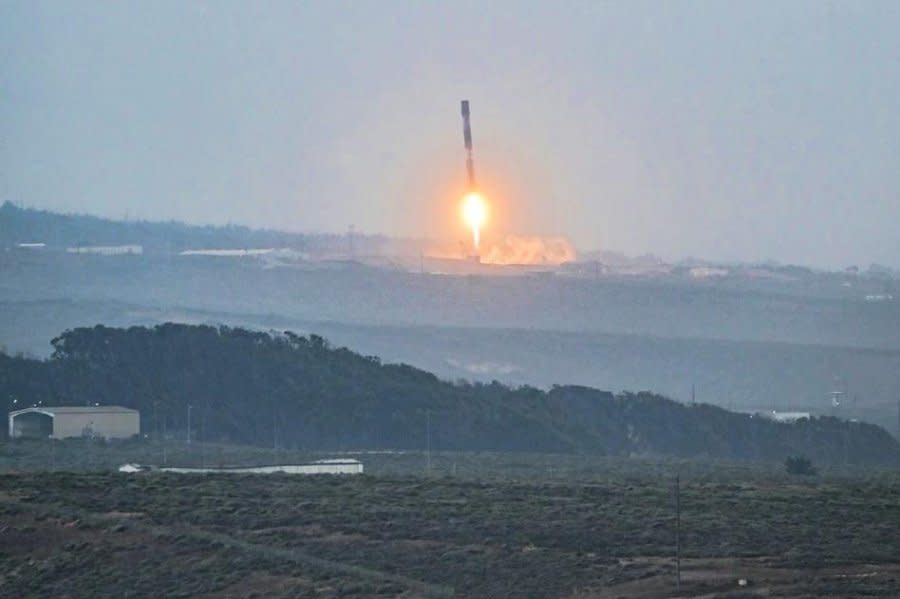SpaceX launches new batch of Space Defense Agency missile tracking satellites

Sept. 2 (UPI) -- SpaceX on Saturday successfully launched a Falcon 9 rocket carrying the Space Development Agency's newest batch of tiny missile defense satellites from Vandenberg Space Force Base in California.
The launch vehicle lifted off at 10:26 a.m. from Vandenberg's Space Launch Complex 4E before separating from the rest of the launch platform and landing back at Vandenberg about 7.5 minutes after liftoff.
The mission was initially slated for Thursday but had to be pushed back due to an issue with the launch vehicle's engines. It was rescheduled for Friday but had to be pushed back once more due to an issue with equipment on the ground.
With Saturday's successful launch, the Falcon 9 carried 13 of the SDA's "Tranche 0" mission, which eventually see the deployment of a "swarm" of 28 small satellites that are intended to help the SDA create more efficient means of communication for the military.
"The space vehicles launched during this mission will serve a part of SDA's Proliferated Warfighter Space Architecture, a new layered network of satellites in low-Earth orbit and supporting elements that will provide global military communication and missile warning, indication, and tracking capabilities," SpaceX said of the mission.
A third and final group of four Tranche 0 satellites are scheduled to launch aboard a planned Missile Defense Agency launch later this year, the SDA said.
"I'm very pleased with the initial operation of the first group of satellites we launched in April," SDA director Derek Tournear said in statement. "Through these first two T0 launches, we've demonstrated that SDA can keep a schedule to deliver enhanced capabilities every two years."
Saturday's mission was the 13th time the Falcon 9 booster used in the launch has carried a payload to space. The booster has launched eight Starlink missions as well as the Iridium OneWeb, Sentinel-6 Michael Freilich, DART and Transporter-7 missions.
SpaceX broadcast the initial stages of the launch but cut off the broadcast after first stage separation due to the sensitive nature of the payload.

